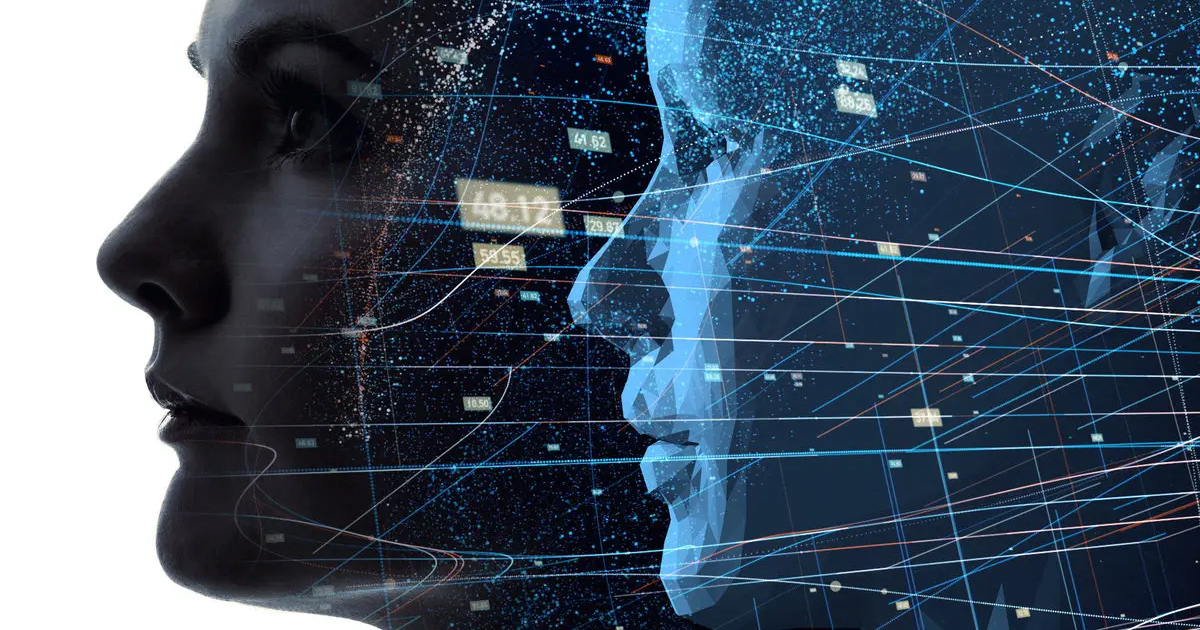Digital Twin technology is revolutionising the way industries operate by bridging the gap between the physical and digital worlds. This powerful concept allows organisations to create accurate virtual models of their assets, processes, and systems, leading to enhanced efficiency, reduced costs, and improved decision-making. In this article, we will explore the concept, implementation, benefits, challenges, and future of Digital Twin technology, along with its real-life applications and the role of IoT and AI in its development.
Understanding the Concept of “Digital Twin”
A Digital Twin is a dynamic, virtual replica of a physical object, process, or system, which mirrors its real-world counterpart’s performance, status, and other attributes. It relies on real-time data collected from sensors and advanced simulation techniques to create accurate representations of assets. By analysing and monitoring these digital replicas, organisations can gain valuable insights, predict potential issues, and make informed decisions to optimise performance and minimise risks.
Industry Applications of Digital Twin Technology
- Manufacturing: Digital Twins are widely used in manufacturing to optimise production processes, reduce downtime, and improve product quality. By simulating production lines and equipment, manufacturers can identify inefficiencies and bottlenecks, test new strategies, and make proactive adjustments without disrupting operations.
- Energy: In the energy sector, Digital Twins help monitor and maintain complex assets such as wind turbines, solar panels, and power plants. They enable operators to predict equipment failures, optimise maintenance schedules, and increase the overall efficiency of energy production.
- Smart Cities: Digital Twins can model entire cities, helping urban planners and policymakers analyse traffic patterns, optimise waste management, and assess the environmental impact of proposed developments.
- Healthcare: Digital Twins are being used to create personalised models of patients’ organs, enabling doctors to test the efficacy and safety of treatments without invasive procedures.
Advantages of Using Digital Twins
- Enhanced Efficiency: Digital Twins enable organisations to identify inefficiencies, optimise processes, and reduce waste, leading to increased productivity and reduced operational costs.
- Improved Decision-making: By providing real-time data and insights, Digital Twins support informed decision-making, allowing businesses to stay ahead of the competition and adapt to changing market conditions.
- Predictive Maintenance: Digital Twins can predict equipment failures and suggest preventative measures, reducing downtime and maintenance costs.
- Innovation: Digital Twins facilitate rapid testing and iteration of new ideas, accelerating innovation and reducing time-to-market.
Challenges and Limitations of Digital Twin Technology
- Data Security and Privacy: Digital Twins rely on large volumes of data, which must be securely stored and managed to prevent unauthorized access and data breaches.
- Integration and Interoperability: Integrating Digital Twins with existing systems and ensuring seamless communication between different platforms can be complex and time-consuming.
- High Initial Investment: Implementing Digital Twin technology can be expensive, requiring advanced hardware, software, and skilled personnel.
The Role of IoT and AI in the Development of Digital Twins
IoT (Internet of Things) devices, such as sensors and actuators, play a crucial role in collecting real-time data to create and maintain Digital Twins. The data is then processed and analysed using AI (Artificial Intelligence) algorithms, enabling organisations to identify patterns, predict future events, and make data-driven decisions.
Real-life Examples and Case Studies
- GE Aviation: GE Aviation has deployed Digital Twins to monitor and maintain jet engines, significantly reducing maintenance costs and improving aircraft availability.
- Siemens: Siemens uses Digital Twin technology to optimise the design and operation of their wind turbines, enhancing energy production and reducing the cost of renewable energy.
- Singapore: The Singapore government has developed a Digital Twin of the city, called Virtual Singapore, to support urban planning, infrastructure development, and environmental management, ultimately improving the quality of life for its residents.
The Future of Digital Twin Technology
As IoT and AI technologies continue to advance, Digital Twin technology will become increasingly sophisticated and accessible. Here are a few trends and developments that are expected to shape the future of Digital Twins:
- Augmented Reality (AR) and Virtual Reality (VR) Integration: By combining Digital Twins with AR and VR technologies, businesses can create immersive experiences for training, product demonstrations, and remote maintenance.
- Widespread Adoption Across Industries: The benefits of Digital Twin technology will drive adoption across a wide range of industries, including agriculture, logistics, and retail.
- Digital Twin Networks: As more assets are digitized, interconnected Digital Twins will enable organizations to model and optimize entire ecosystems, leading to enhanced collaboration and more sustainable business practices.
- Advanced Analytics: The integration of machine learning and other advanced analytics techniques will further enhance the capabilities of Digital Twins, enabling organizations to gain deeper insights, automate processes, and make even more informed decisions.
Summary
Digital Twin technology is transforming the way organizations across various industries operate, offering a powerful tool for optimizing processes, reducing costs, and driving innovation. As IoT and AI technologies continue to evolve, the potential applications and benefits of Digital Twins will only increase. By understanding and embracing this groundbreaking technology, businesses can stay ahead of the curve and maintain a competitive edge in an ever-changing digital landscape.
